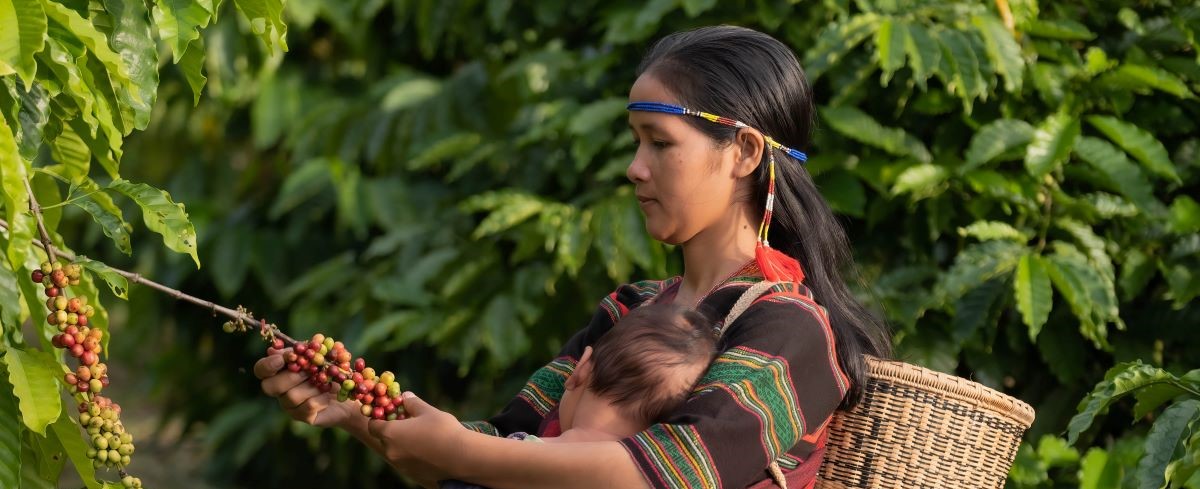Recognising Indigenous Stewardship of Nature in Cambodia
With biodiversity loss and climate disruption widely recognised as inseparable challenges, the inclusion of Indigenous Peoples and Local Communities (IP&LCs) is vital to protecting our planet. IP&LCs steward a significant share of the world’s remaining biodiversity-rich regions, making their leadership essential to confronting climate and ecological decline. GCBC’s work is grounded in supporting these communities to restore ecosystems, build climate resilience, and improve livelihoods.
In Cambodia, our SAKIRA project is supporting community-led initiatives that restore ecosystems, protect species, and secure local rights, strengthening both biodiversity and planetary health. The following blog was kindly prepared by Emiel de Lange of the Wildlife Conservation Society (WCS) and Sam At Rachana from the Cambodia Indigenous Peoples Organization (CIPO).
Indigenous Peoples and other place-based communities have stewarded forests and biodiversity for generations. To achieve conservation goals equitably, the world must learn from and support Indigenous stewardship.
In Cambodia’s Keo Seima Wildlife Sanctuary (KSWS), the Bunong people have sustained one of the planet’s most biodiverse forests through their traditional knowledge and cultural practices. The KSWS REDD+ program, led by the Wildlife Conservation Society (WCS) and Cambodia’s Ministry of Environment (MoE) with partners including the Cambodia Indigenous People’s Organisation (CIPO), has advanced recognition of Bunong stewardship by securing Indigenous Collective Land Titles (ICLTs) for seven communities.
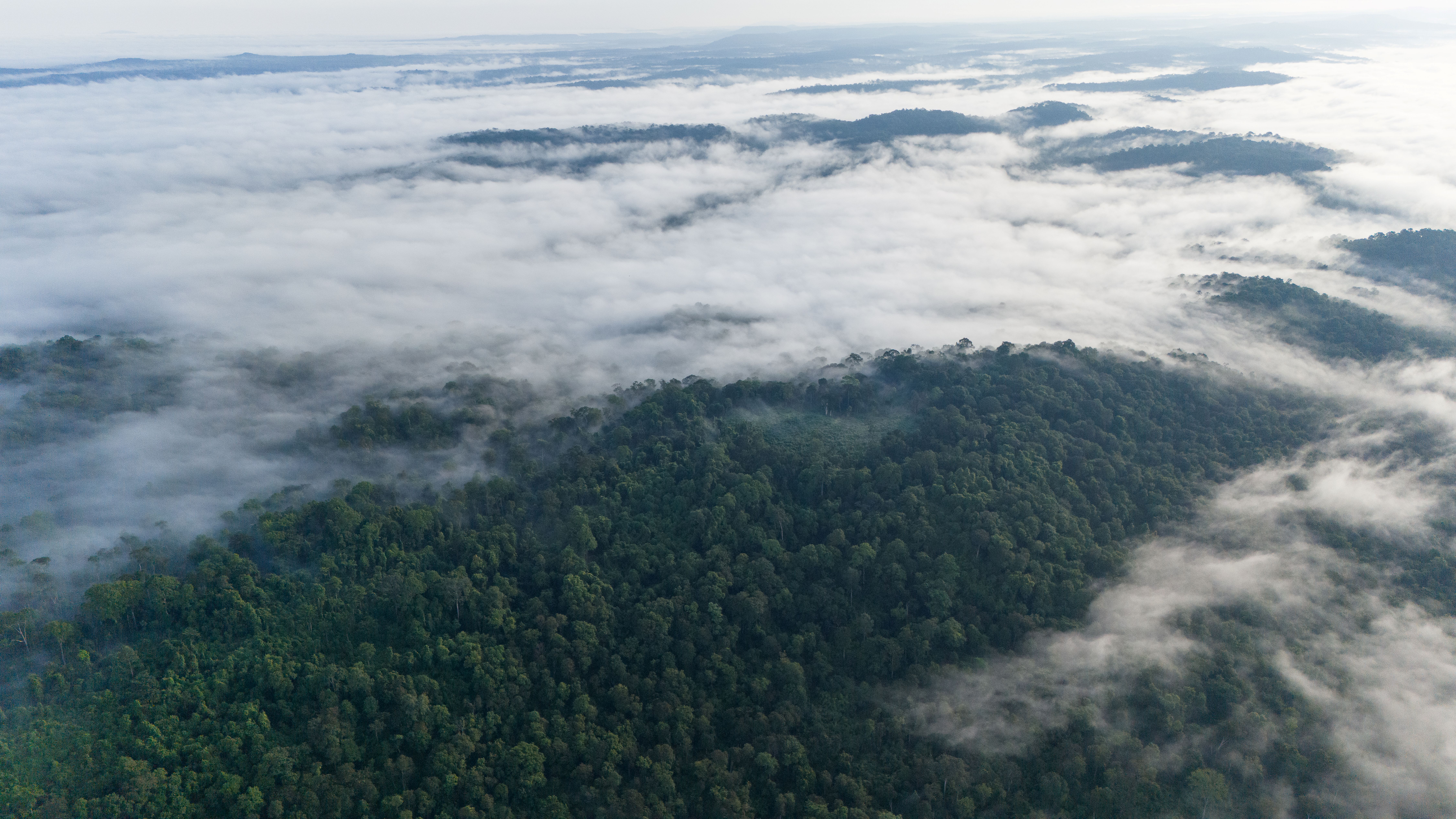

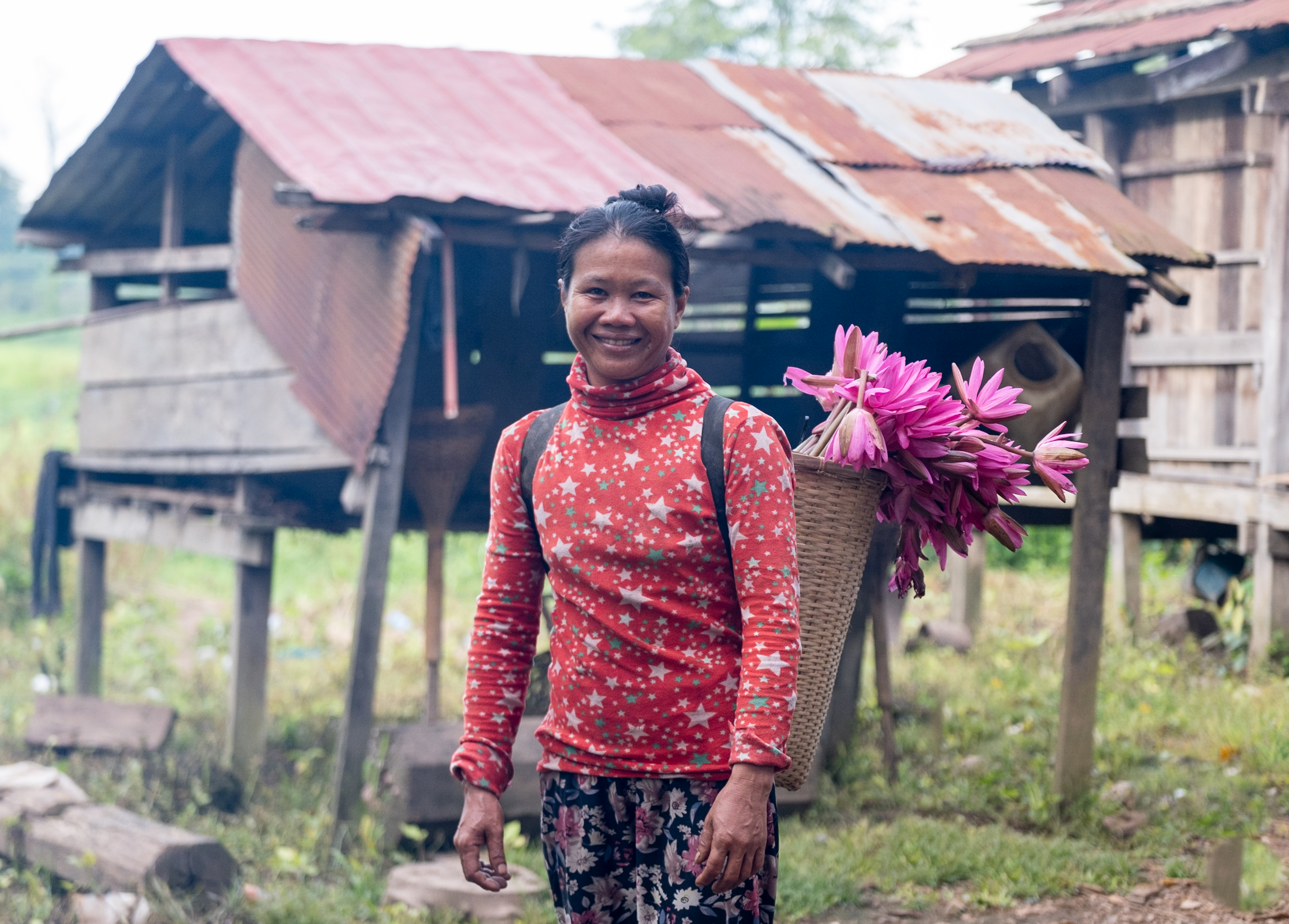

Significant gaps remain, however, as forests and communities face fragmentation from outside pressures such as agricultural expansion for cashew and cassava, as well as concessions for ecotourism development.
Supported by the Global Centre on Biodiversity for Climate (GCBC) and KSWS REDD+, the SARIKA project — a partnership of Indigenous Peoples, WCS, CIPO, MoE, and researchers from Monash University, University of Oxford, and the Royal University of Agriculture — is charting new pathways to recognise and respect Indigenous stewardship.
Documenting Bunong traditional knowledges and practices
At core of the SARIKA project is documentation of traditional knowledge and practices in three Bunong communities: Andoung Kraloeng, Sre Lvi, and Pu Kong. CIPO’s young Indigenous researchers work with communities, following Free, Prior, and Informed Consent, to identify what they want recognised and respected.
This Action Research approach has highlighted three interrelated domains:
- Rotational agriculture (Mir Erm), which sustains livelihoods and allows forests to regenerate cyclically.
- Protection of sacred burial ground forests (Brey Moch), where ancestors are laid to rest.
- Sacred forests (Brey Ngak or Brey Vare), including mountains, rocks, and waterfalls linked to and inhabited by spirits.
The Bunong protect these areas, maintaining their cultural identity while safeguarding food, water, materials, and wildlife habitats. A future project phase will assess the biodiversity and climate impacts of these practices using modern scientific methods.
Indigenous Collective Land Titles and policy gaps
As we deepen our awareness of the ecological dimensions of Bunong spirituality and culture, gaps become evident in the current policy framework.
Indigenous Communal Land Title (ICLT) registration in Cambodia aims to safeguard collective property, including spirit and burial forests and reserved lands, which can be used for rotational agriculture. Although ICLTs offer uniquely strong legal protection in the Mekong region, Sub-Decree 83 limits titling of spirit and burial forests to seven hectares each, leaving many culturally and ecologically important areas unprotected.
One pathway to strengthen protection is expanding ICLTs to include more sacred sites. Researchers at the Royal University of Agriculture and Monash University are using innovative impact-evaluation methods to test whether ICLT registration helps communities protect forests, providing practical evidence to support legal reform and complementary rights-based arguments.
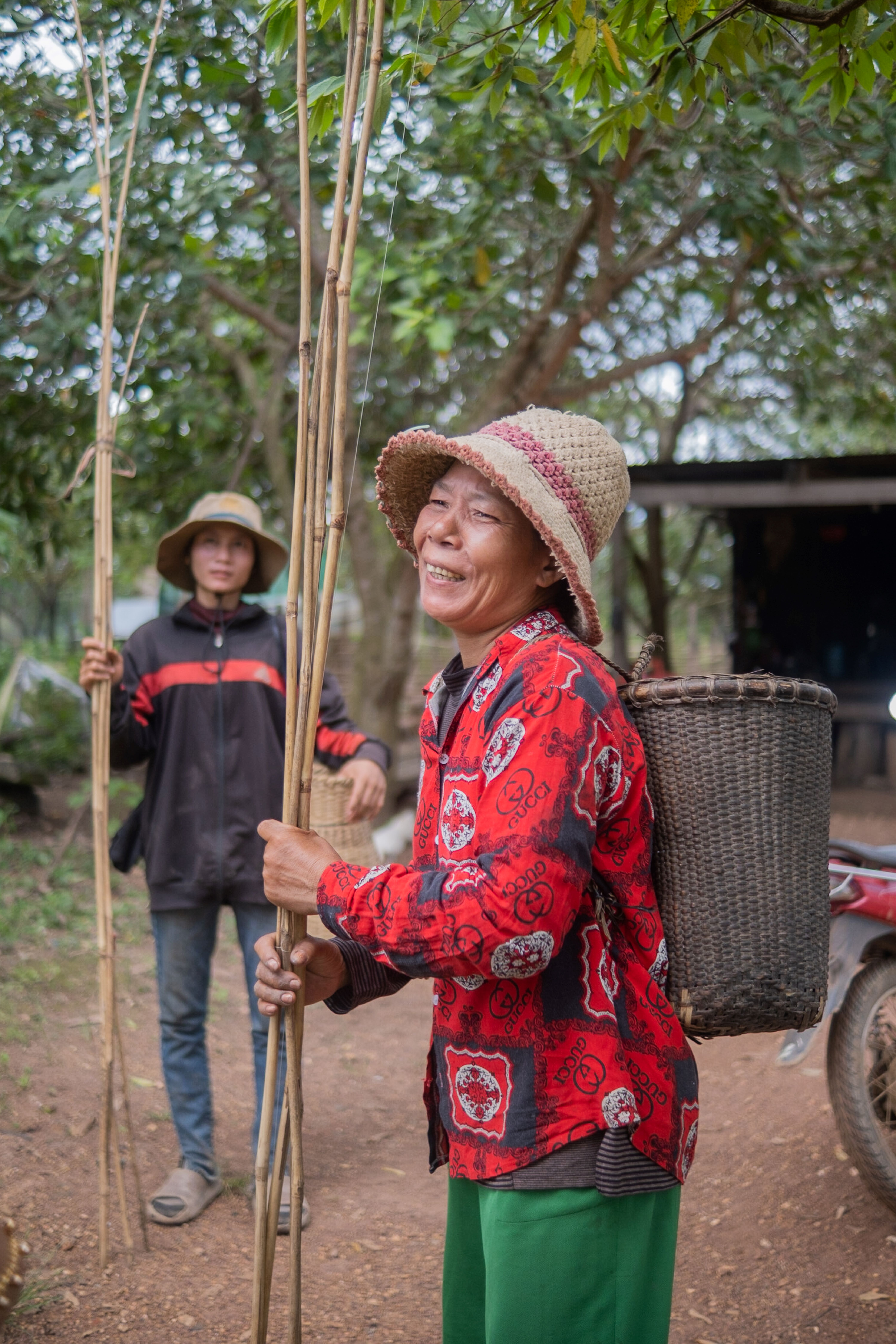
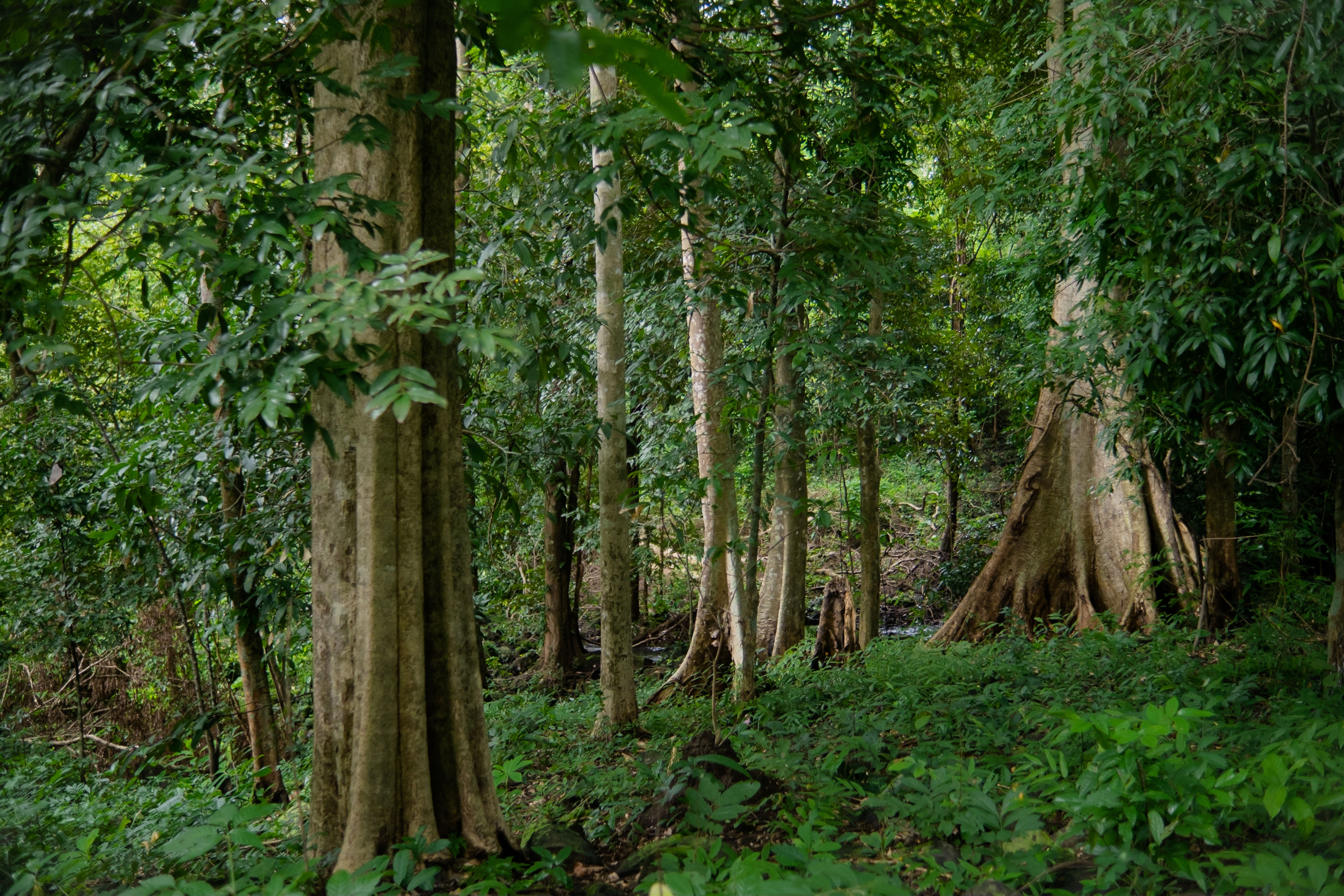
The Tov Khloung sacred forest
Tov Khloung, a sacred forest of Andoung Kraloeng, illustrates how Bunong spirituality and practice conserve ecosystems and cultural identity. Home to diverse trees, wildlife, and the area’s largest stream, Tov Khloung is traditionally protected as the dwelling of the guardian spirit Brah Nhjut Nglang. Local taboos prohibit fishing, hunting, and logging near the sacred headwaters. In return, the forest supplies medicinal plants, honey, wild mushrooms, bamboo shoots, and resins that support food security and income.
Traditional knowledge ensures sustainable harvest: access and use are regulated through rituals that encode rules for community and forest wellbeing, while elders patrol the forest and teach youth about the site. To date, these practices have preserved biodiversity, ecosystem services, and cultural heritage without formal state enforcement, exemplifying the integration of spiritual belief, customary rule, and sustainable resource management.
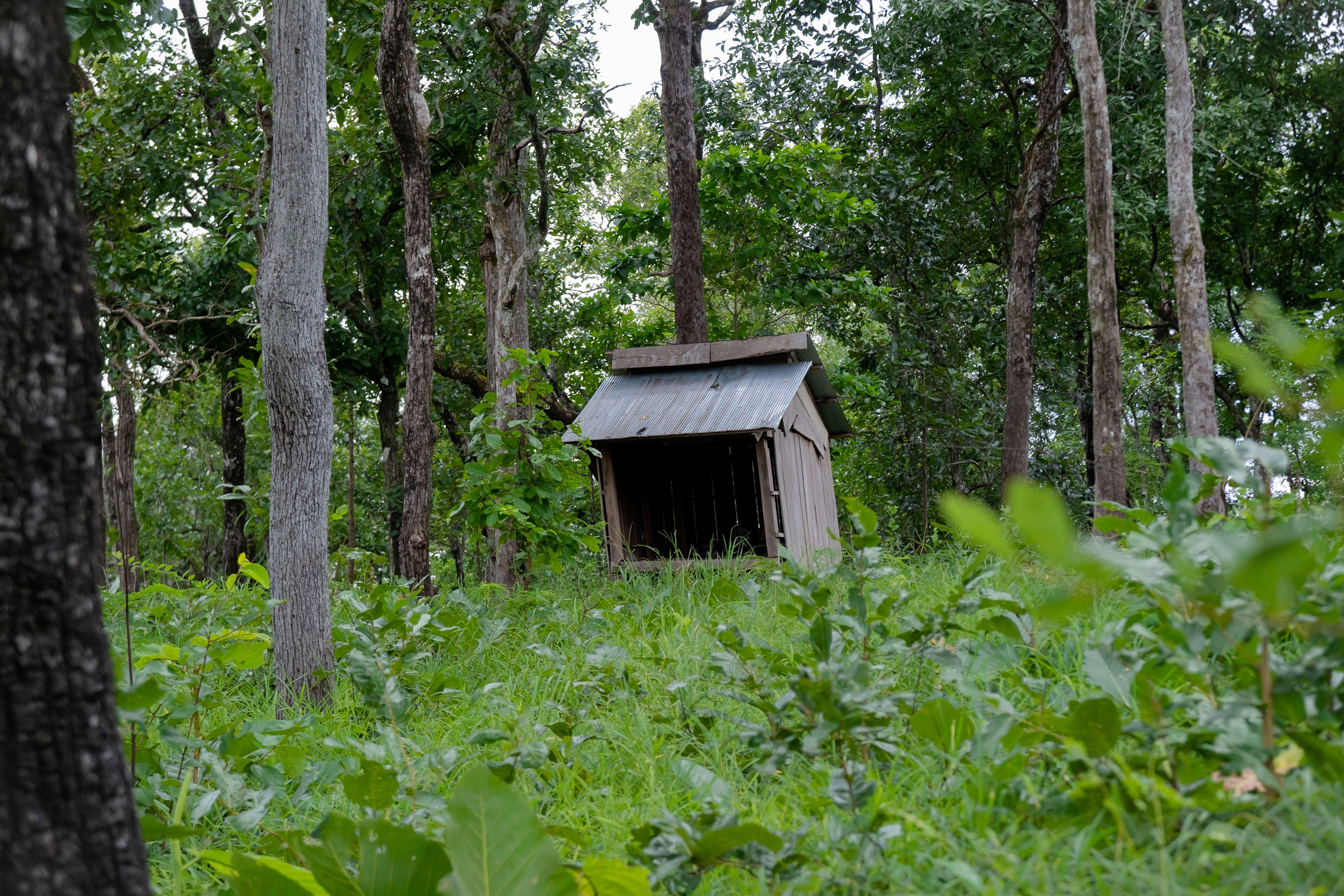

Strengthening Indigenous-led conservation models
SARIKA aims to revitalise and recognise Bunong ways of knowing and relating to land through these diverse strands of documentation, evidence generation, and partnership-building. It supports state recognition mechanisms such as ICLTs and heritage demarcation, and strengthens partnerships among Indigenous communities, conservationists, policymakers, and researchers.
The project also promotes intergenerational exchange within and among Bunong communities, deepening appreciation of cultural practices and their contributions to planetary wellbeing.
The Bunong are the most authoritative advocates for their lands and lifeways; the wider world must learn to listen, recognise, respect, and support their stewardship.
To learn more about the work taking place in the Keo Seima Wildlife Sanctuary in Cambodia, visit the SAKIRA Project page.
Image Credits: All photos were taken in the Brey Ngak sacred forest of the Bunong people. Photographer: Tong Len
1. An aerial view of a sacred forest (Brey Ngak) protected by the Bunong community of Pu Kong
2. Mr Treub Thaeum, the chief of the Bunong Indigenous community at Pu Kong
3. Pu Kong community members preparing to visit the sacred forest for demarcation
4. Sam At Rachana and Pin Plil , members of the CIPO research team, with Mr Treub Thaeum during the heritage demarcation activity
5. Pu Kong community members preparing to visit the sacred forest for demarcation
6. Trees in the Bunong spirit forest
7. A shelter built for the spirits of the sacred forest (Brey Ngak)
8. Trees in the Bunong spirit forest


